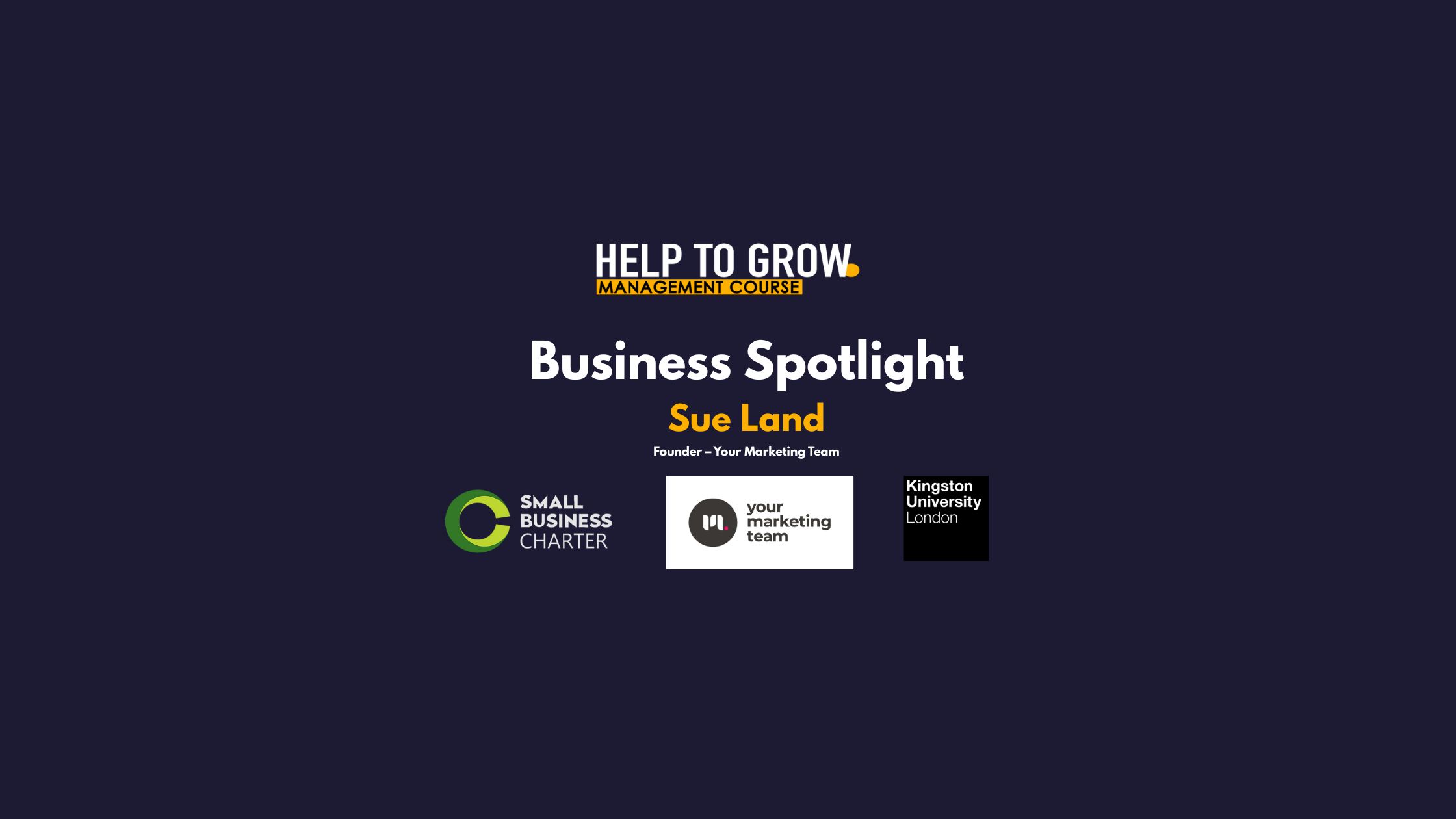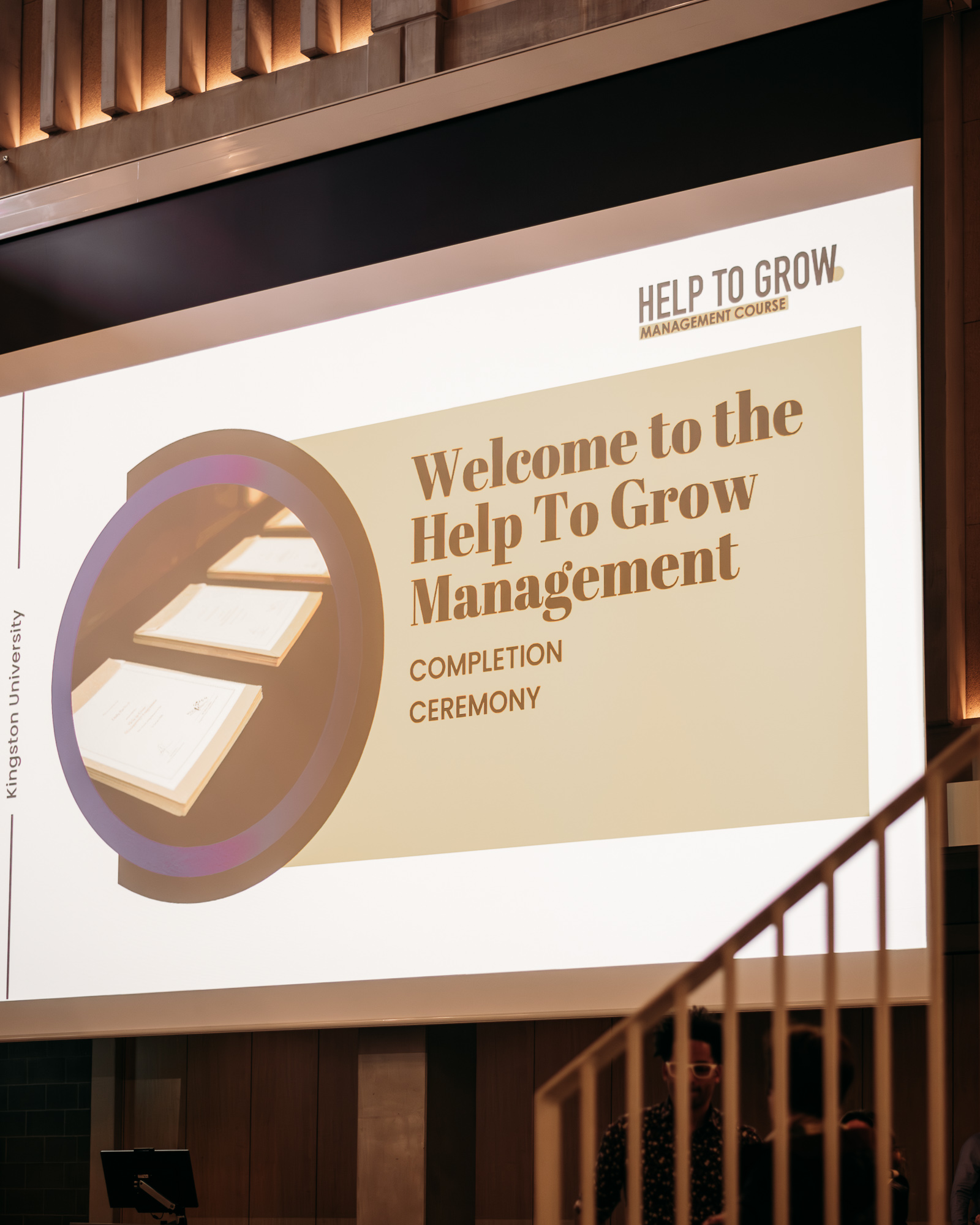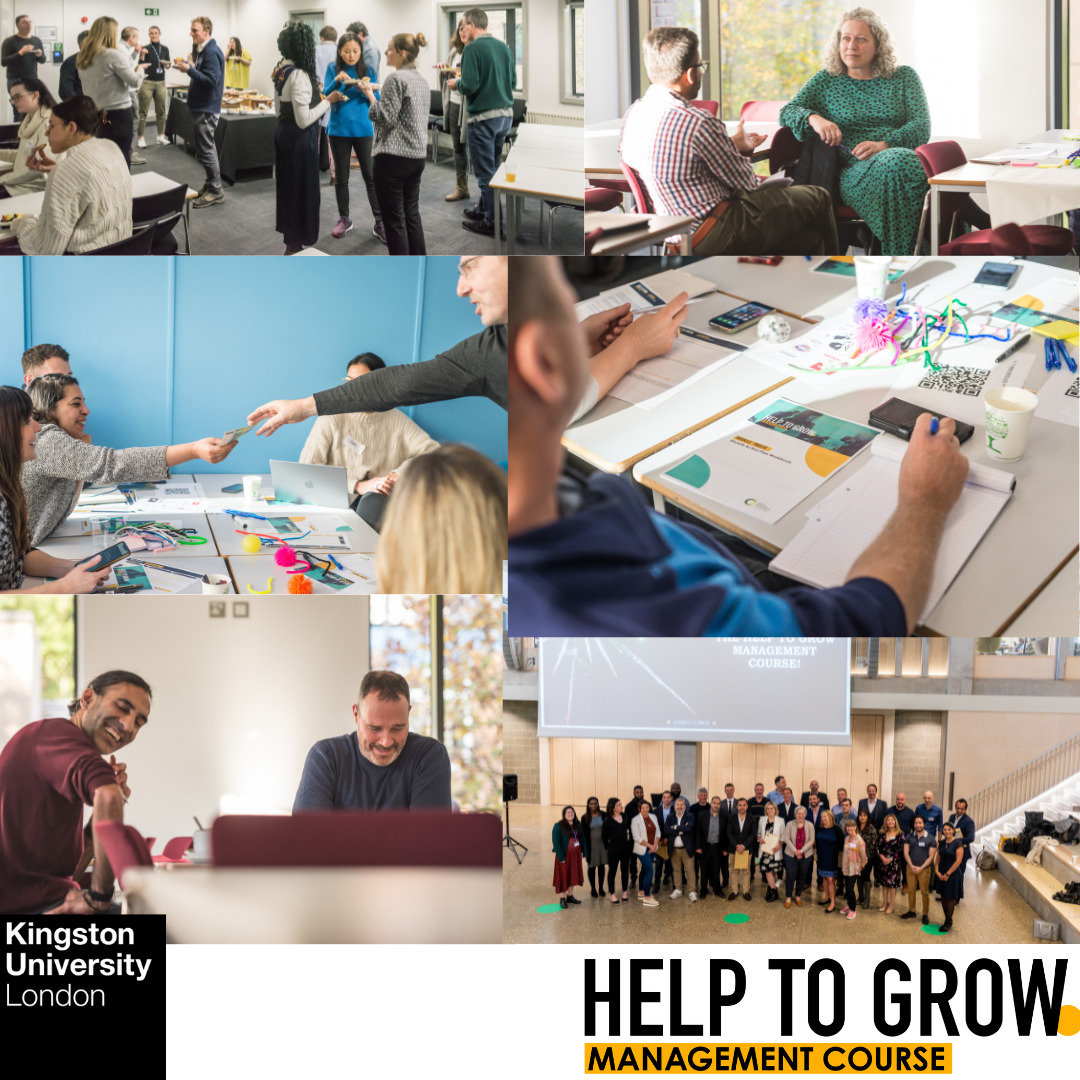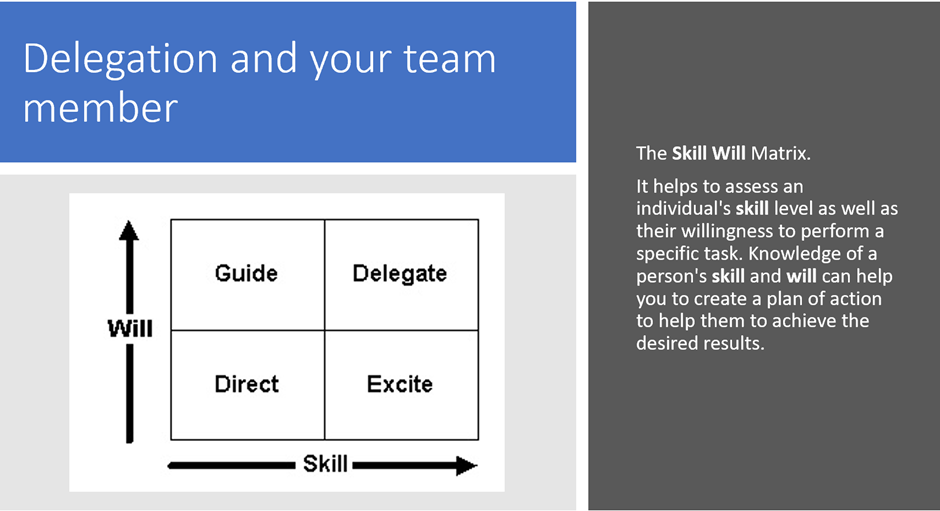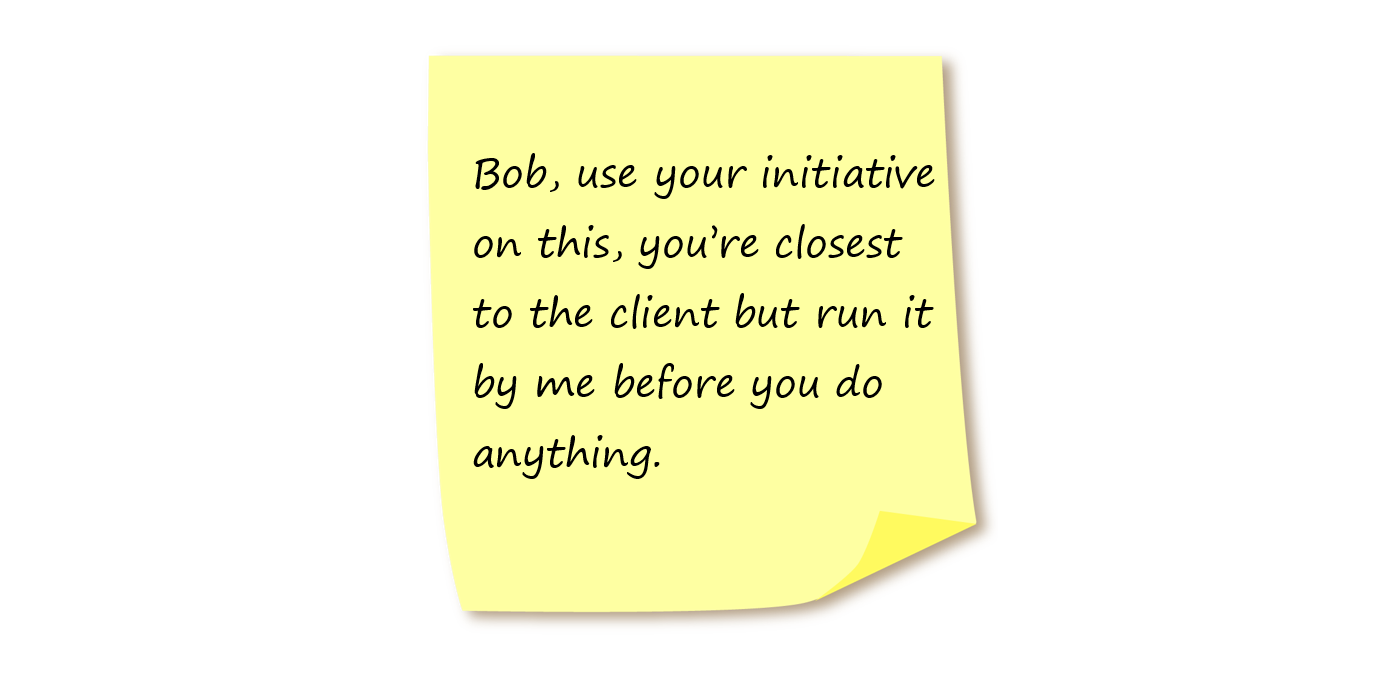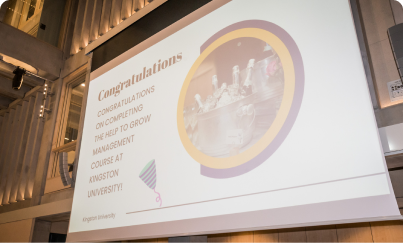Sue Land is the founder of Your Marketing Team, a marketing management and consultancy service based in Reigate, Surrey. With a background spanning IBM and Samsung Mobile, Sue has built a unique approach to outsourced marketing that prioritises long-term partnerships over short-term gains.

Tell us about your business and what makes it unique.
We’re a team of nine specialists offering outsourced marketing services to SMEs who don’t have the budget to employ a full team in-house, or the time and know-how to manage an internal marketing resource. What sets us apart is that we measure our success not by campaigns delivered, but by how much our clients grow.
We don’t just execute briefs, we get our hands dirty, challenge assumptions, and sometimes say no if we don’t believe something will drive real growth. We also work alongside our clients’ existing partners, for example photographers or copywriters, rather than insisting we do everything.
Perhaps most unusually, we only work with one company per industry at a time. Our role in a business is a marketing director role, and you can’t be a marketing director for two competing businesses. Yes, it means turning down work, but if our success is measured by our clients’ success, we have to build them up to be the best they can be.
What drove you to start the business?
Personal reasons mainly. I wanted to be there for my children. After reaching senior marketing positions in the telecoms industry, I knew returning to that world would mean leaving the house at 7:30am and getting home at 6:30pm or later. With a one-year-old and a three-year-old, I wanted the flexibility to do school drop-offs, pick-ups, and be at every nativity play or parent assembly. It was a life choice. Now they’re 14 and 16, I work full time but having that flexibility when they were young mattered enormously.
What are your biggest challenges?
Managing directors and CEOs typically like to work with marketing people with experience in their specific industry. We can’t always come to the table with a portfolio from a specific sector. We do have case studies where we’ve supported businesses that have grown to the point of acquisition.
The way we tackle this challenge is through our three lead consultants, each with different sector backgrounds: myself in IT and telecoms, Becky in events, sponsorship activation and Formula One, and Laurie in travel and retail. We also find that knowing less about an industry can be an advantage. We spend more time researching the market and bringing innovative ideas from other sectors that no one else has thought of.
How has Help to Grow impacted your business?
I’d been thinking about how to scale the business and open offices in other UK locations, but it was all just theory swirling around my head. Then Maliha called about Help to Grow. As a Christian, I’d been praying for God’s guidance that very week, and the timing felt like divine intervention. An answer to prayer.
The Help to Grow course has been amazing because since I started the business over 12 years ago, I haven’t allocated the time to stick rigidly to a business plan. I love marketing and enjoy what I do every day, but I hadn’t created the right environment for our own growth. The course gave me the motivation to set aside time every Friday afternoon to work on where we’re going and how we’ll get there. The mentoring was brilliant too, my Help to Grow mentor’s strengths in operations and finance complimented my marketing background perfectly.
Without Help to Grow, I wouldn’t have had the discipline to plan how we are going to move forward with our growth. It’s made scaling from an idea into a realistic, planned reality.
What advice would you give to someone starting Help to Grow?
Set aside the time. I appreciate, it’s difficult when you run a business. Commit to that Friday afternoon or whenever works for you and protect it. Make the most of the mentoring, especially if your mentor’s strengths complement your weaknesses. Engage with the case studies and other participants; they’ll help you think differently about your challenges.
Where do you see the business in five to ten years?
We’re planning to establish offices in different locations across the UK. Whilst we do use Teams and Zoom, we find creativity and execution work better when people are together. We are created to be social creatures, and face-to-face collaboration, both within the team and with clients is important to achieve the best results and it’s important for our mental health.
We already have a potential team identified for our first new location and the market is opening up there. As hiring costs rise, more small business owners are looking for our model like ours. The Help to Grow course, has given me the framework to make this expansion happen.
Sue Land founded Your Marketing Team 12 years ago and completed the Help to Grow: Management programme at Kingston University. Her business continues to grow through long-term partnerships built on genuine client success rather than campaign churn.
To register for our new cohort starting on 16th January 2026: Kingston Business School, Kingston University | Small Business Charter


